India’s rubber and tyre recycling industry has the potential to grow ten times in size considering the surging sales and year-on-year growth registered by the automobile industry
Currently, the size of the estimated rubber and tyre recycling industry is around INR 35 Billion.
“The Indian tyre and rubber recycling industry has the potential to grow to INR 350 Billion in the next five to ten years considering the increasing size of the domestic automobile industry and the value-addition in the recycling industry in the same period,” believes Vishesh Aggarwal, Director, AIRTRA (All India Rubber & Tyre Recycling Association). The association seeks the right policy, regulatory framework, and support from the government for the projected growth.
Governments top public policy thinktank – Niti Aayog is acting swiftly and conducted a comprehensive study of the tyre recycling industry and released a report with detailed recommendations. The various recommendations on implementation would make structural changes and spur growth in the sector.
In the last year, recommendations by the Niti Aayog have been in the process of being implemented by several government departments, such as Bureau of Indian Standards (BIS), Ministry of Environment and Forest, Central Pollution Control Board, Directorate General of Foreign Trade and Ministry of Commerce.
“The recommendations made by the Niti Aayog is a game changer for the tyre recycling industry. We have seen that not only has the Niti Aayog made a report, but they have regularly followed up with all the stakeholders involved to ensure that the report recommendations are actually implemented,” Aggarwal said.
The association wants the BIS to form pyrolysis oil standards as that will ensure standard goods are manufactured by the industry and appropriate uses can be defined for these standard goods enabling the customers to have clear visibility of performance of pyrolysis oil. The Recovered Carbon black committee has already been formed and is working on the Recovered Carbon Black standards.
The Ministry of Environment and Forest with inputs from Central Pollution Control Board (CPCB) drafted the Tyre Recycling EPR (Extended Producer Responsibility) policy and released the consultation the middle of 2022. The fine print of the policy is under formation and is expected to be completed by the end of January 2023. “EPR will go a long way in bringing it under an organised structure, and on implementation, it is expected that thew cash economy in the tyre recycling industry will come to a halt.”
The Directorate General of Foreign Trade (DGFT) & Ministry of commerce was recommended by the Niti Aayog to define HS codes for pyrolysis oil, recovered carbon black and crumb rubber and classifying the same as products was regarded as an extremely important step to ensure every recycler is following the same GST norms, and HS codes.
“The government does not have a clear-cut HS code classification. The product classification remains a grey area leaving exporters at the mercy of customs department. They might or might not clear the consignment for export. Departments should expedite the recommendations of the Niti Aayog report providing a solid foundation for the recycling industry.” Adds Aggarwal.
Recently the National Green Tribunal has also conducted a detailed study on pyrolysis plants through National Environmental Engineering Research Institute (NEERI) and CPCB enabling the existing batch pyrolysis industry to operate with certain SOP’s. This has ensured that only compliant plants are operational.
Once the various recommendations are implemented, it will provide clarity to investors on all laws & regulations of MOEF, Customs, DGFT and BIS standards. Aggarwal concludes; “This would encourage large-scale investment in the tyre recycling sector. Then, banks and financial institutions would support entrepreneurs with funding. Finally, this will lead to latest technology being adopted by the industry in India to produce 5 to 10 times higher value-added materials such as recovered carbon black and devulcanised rubber leading to a ten-fold growth of the tyre recycling sector.”




















